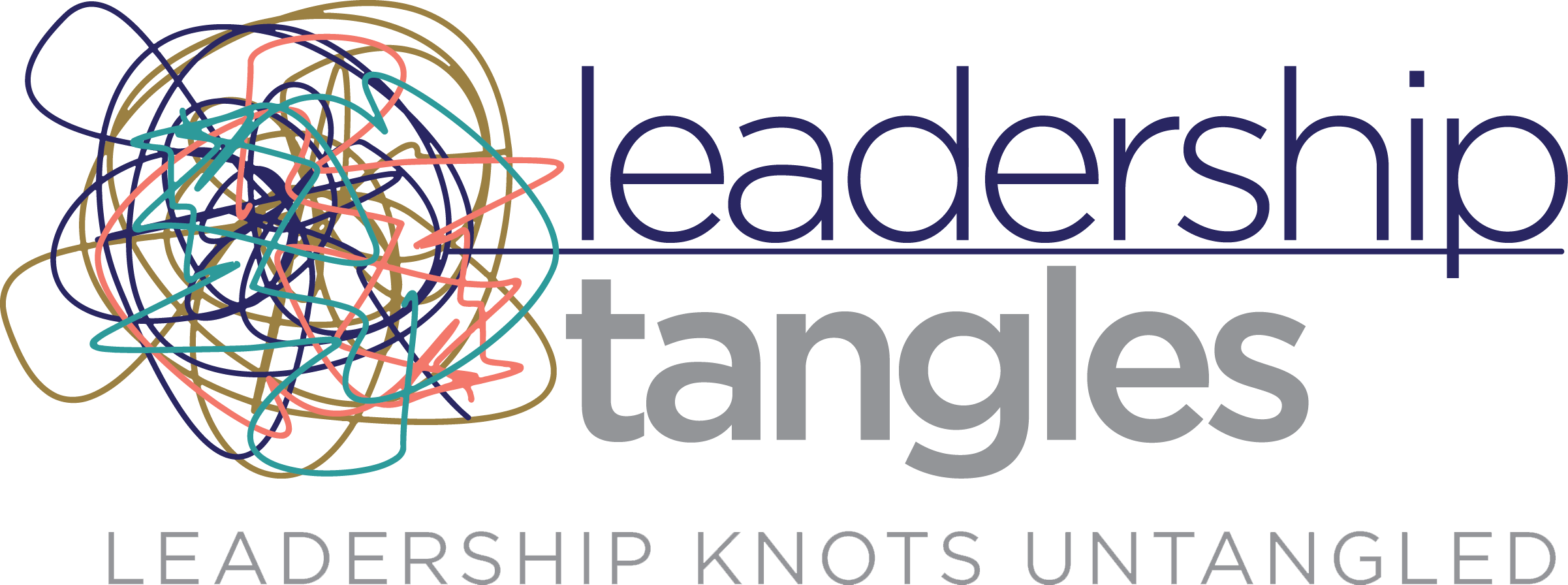.jpg?width=625&name=MBS%20(watermarked).jpg)
Last fall, I was privileged to be included in the first group of global executive leadership coaches certified in My Brain Solutions (MBS). The Academy of Brain Based Leadership sponsored the certification training. MBS is the only scientifically validated assessment that truly measures brain performance and has been used effectively by clinicians for several years. It was developed by an independent consortium of over 200 neuroscientists, led by Dr. Evian Gordon. It was redesigned in 2014 to improve the effectiveness of business leaders.
1-2-4 Brain Model
The assessment is based on the 1-2-4 brain model. Briefly, according to Dr. Gordon, our brains are primarily wired for safety. We have five times more circuits that pick up threats than rewards. We pick up nonconscious threat cues in 1/5 of one second and our brains are constantly scanning for threats and rewards. Our emotions are nonconscious and picked up in 1/5 of one second. Our feelings occur consciously when we notice and/or are aware of our heart rate, sweat in our palms, and an increase in the rate of our breathing.
The assessment itself is based on actual laboratory tests that measure brain function. As I took the assessment, I felt a bit like I was in a laboratory. You cannot fake your way through the assessment. It truly measures brain performance. And, because the results are based on your performance on these validated tests, the results are credible.
The four dimensions of MBS
The assessment measures four dimensions –thinking, emotions, feeling, and self-regulation-- and has 17 subscales. The Thinking dimension includes measures of attention, memory, processing speed, motor coordination, inhibition, flexibility, and executive function. In other words, you receive actual data on critical brain functions required for good executive performance.
The Emotion dimension tells you how well you identify the emotions of others and whether you are more inclined to negative or positive biases. As it turns out, 15% of people have a very strong negativity bias and magnify threats more than necessary. 15% of people have a very strong positivity bias and may overlook real threats. The rest are in between.
The Feeling dimension gives you insight into your current stress and anxiety levels. Participants are given survey questions from a psychological instrument. The assessment measures current levels.
Finally, the assessment measures your ability to self-regulate. You receive a measure of your ability to manage your positivity and negativity, your level of resilience and your ability to build connections and keep relationships.
What happens after you receive your results?
Once you receive your results, your executive coach works with you to find ways to develop coherence among all of the dimensions. For instance, one of my clients received low scores in his working memory and his stress level. As we talked, I learned that he got easily distracted by the flood of emails that demanded his immediate attention, preparation for meetings and constant interruptions. This in turn impacted his stress level. We were able to pinpoint what was causing his performance to be less than optimal.
Training exercises
The good news about the MBS assessment, which is different than many others that I have used, is that there are specific training exercises that you can do to improve your brain’s performance. According to Dr. Evian Gordon, we can train our non-conscious brain. Gordon claims you can make significant changes in three to four weeks by practicing at least one of the exercises, Spending ten minutes twice a week will net you positive changes. The best news is that you can download many of the exercises on your Smartphone.
Visualize future state to rewire your brain
Gordon claims that by visualizing in detail your desired future state you can make real progress. For instance, I worked with a client to simulate what it would feel like to be calm when faced with stress. By actually experiencing that new behavior, you receive a dopamine hit. Further, Dr. Gordon claims that it is enough to change one brain habit with small dopamine wins. Changing one behavior impacts all others.
In my work with the client mentioned above, I had him first remove as many distractions as possible, e.g., turn off automatic email notifications, and visualize being calm. I had him practice the My Calm Beat three times a week and a couple of other exercises. After four weeks, he reported that he was less stressed and better able to concentrate. His coworkers reported that he was more present and made better decisions.
The results?
I have used this tool with handful of leaders so far. The results? Clients report that the assessment is spot on. As a coach with advanced degrees in human and organizational systems, a background in stress management and certifications in brain based coaching, I am pleased to say that MBS provides a way to address tough issues by focusing on the biology of the individual and starting with changes there that are likely to work. For more information, be sure to check out MyBrainSolutions. For even more information, click here.




